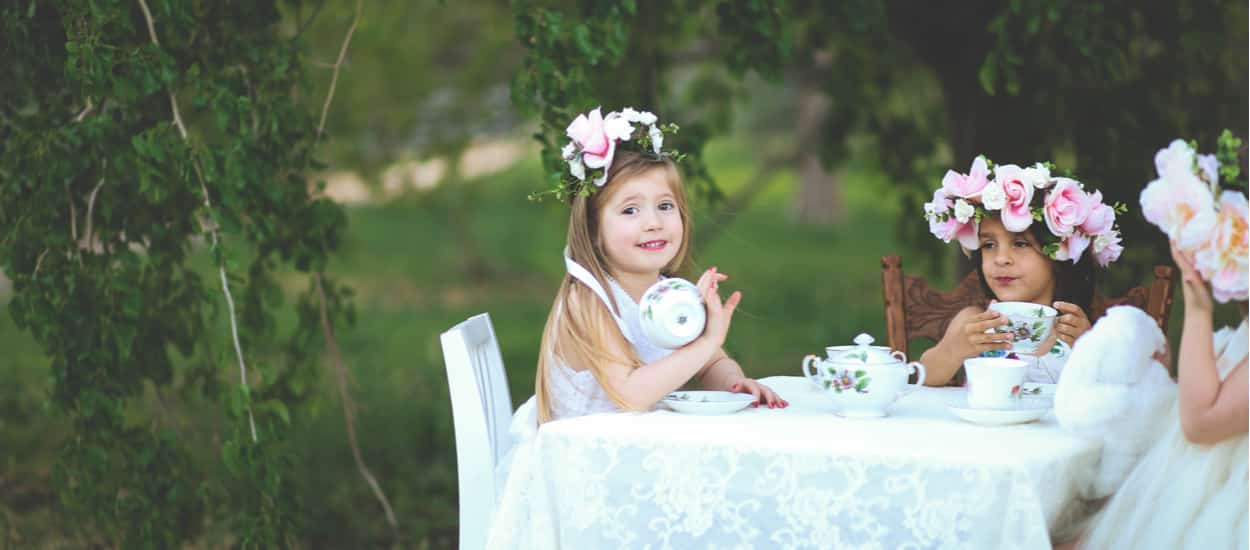Manners are all about the Golden Rule: “Do unto others, as you would have them do unto you.” In other words, manners are about caring for others. Children tend to think they are at the center of the world. Teaching children manners helps them to develop empathy: to have real feelings for all those they encounter, and not to only think of themselves.
The most important thing parents can do to teach children manners is to model those manners for their children. Always say “please” when you want something. Say “thank you,” when someone hands you something or does something nice for you. Say “excuse me” when you burp or pass gas, “you’re welcome” when someone thanks you. Ask, “may I” before coming to a child’s assistance or requesting to use something the child is using.

Modeling Manners
Just by being polite, you are teaching your child to be polite. Being rude, on the other hand, even just by omission (such as forgetting to say thank you), will be noticed by your child. Children are always watching you, even when you think they are unaware, so make sure your behavior is always correct.
Children need positive reinforcement. Watch for opportunities to praise them for good behavior. Use those times to reinforce good manners. “I was so proud of the way you thanked Mrs. Smith for letting you play with Timmy, today,” or, “I was so happy at the way you greeted Mr. Lowry when you came home from school and saw he was visiting.”
Children love praise. If you take note and mention their good behavior, they are sure to continue to earn even more praise from you, their parent. Don’t miss an opportunity to encourage them.
Modeling good behavior for children is important, but not going far enough. Parents must also serve as active coaches to their children, prompting them to say the right words, for example, “Say, thank you to Mrs. Smith,” or to do the right thing, such as not putting their elbows on the table. Correction is often necessary, too. You can do it in a positive way. Instead of saying, “don’t speak with your mouth full,” you might say, “wait until you’re finished chewing and swallowing, then tell us what you want to say.”
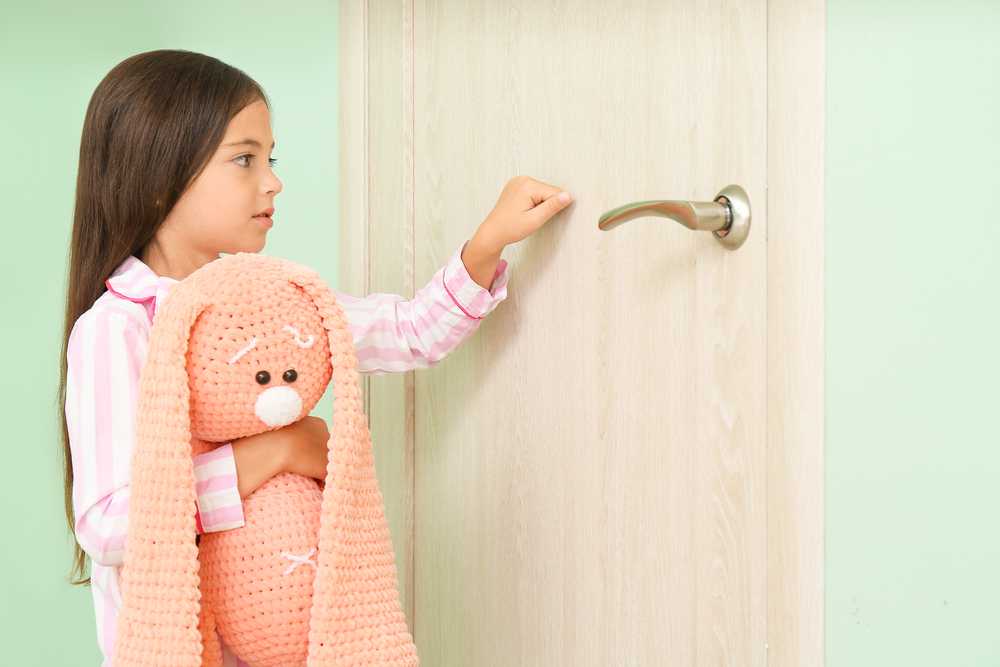
General Etiquette
- Acknowledge guests or family members, when they enter the home.
- Use a person’s name rather than “you” or “he” or “she.”
- An adult should be addressed with his title (Mr., Mrs., Dr., Aunt, and so forth).
- Introduce friends to each other: “Barbara, I’d like you to meet Joe.”
- When introduced to someone say, “Nice (or “pleased”) to meet you.”
- Always knock and wait for a response before entering a room
- Foul language is always inappropriate, especially when used by children in the presence of adults. It is disrespectful and offensive.
- It is never okay to insult someone, be cruel, make fun of others, call mean names, or otherwise bully others.
- Try not to burp or pass gas in the presence of others, but go to a bathroom or unoccupied room to do so, if possible.
- Always say excuse me after burping or passing wind in the presence of others, even family members.
- Show respect and kindness for others, such as for elders (you might, for instance, suggest an older person go ahead of you in line at a buffet.
- Be aware of others’ physical space and never stand to close to others or crowd them.
- Never point at people or things. Like standing too close, this is an abuse of physical space.
- Those exiting the room always go first before those entering the room.
- Allow others to pass you by moving to the right.
- Always say hello or goodbye when entering or leaving a home.
- When you see someone with disability, don’t stare. Imagine how it would make you feel if others stared at you or pointed at you. Treat people with disabilities as you would like to be treated.
- When leaving someone you’ve just met, say, “It was nice meeting you.”
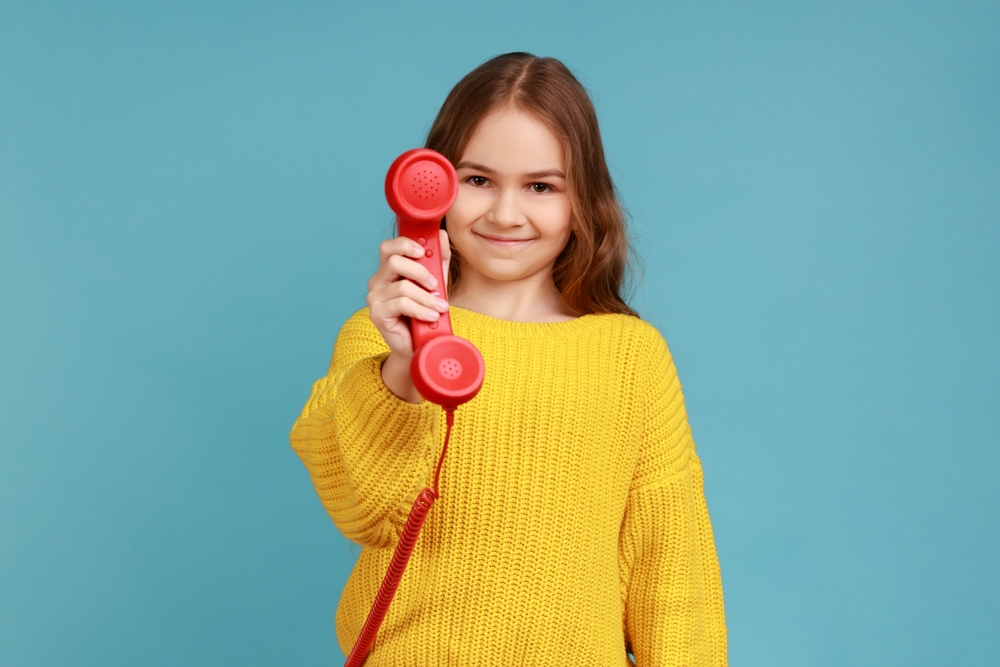
Phone Manners
- When answering the phone, say “Hello.” When the person asks to speak to someone, say, “Just a moment please,” and perhaps, “Whom shall I say is calling?”
- When calling, say hello and ask for the person you wish to speak with. For instance: “Hello, may I speak to John?”
- If you are John, you might respond, “Speaking. How may I help you?
- If “John” is not home, the child should say, “I’m sorry, he’s not home right now. May I take a message please?” In this case, the child should make sure to write down and deliver the message on John’s return.
- If John is home but cannot come to the phone, don’t explain why but say, “John can’t come to the phone right now, may he call you back?” Then write down the phone number and name of the person calling and make sure John gets the message.
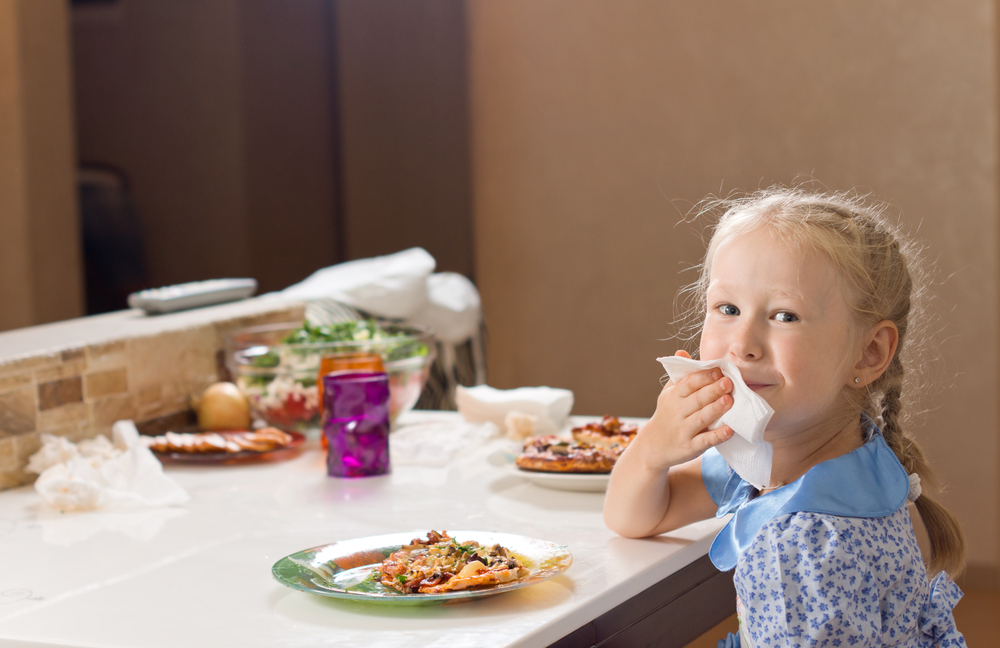
Table Manners
- When you’re not sure how to use a utensil or which utensil to use, watch your host or hostess and follow suit.
- Don’t pick up your fork or spoon to eat until your host or hostess does.
- Spread your napkin on your lap, use it to wipe your mouth.
- Use your napkin to unobtrusively remove olive pits, bones, or other inedible bits from your mouth.
- Pass things at table without being asked. If you want something you cannot easily reach, never reach over others, but ask for it to be passed to you.
- If you must leave the table before the meal is over, ask your host for permission to be excused from the table. “May I please be excused?”
- Stay seated at the table during meals.
- Always chew with your mouth closed.
- Don’t speak with food in your mouth.
- Never place your elbows on the table.
- Don’t eat so others can hear you.
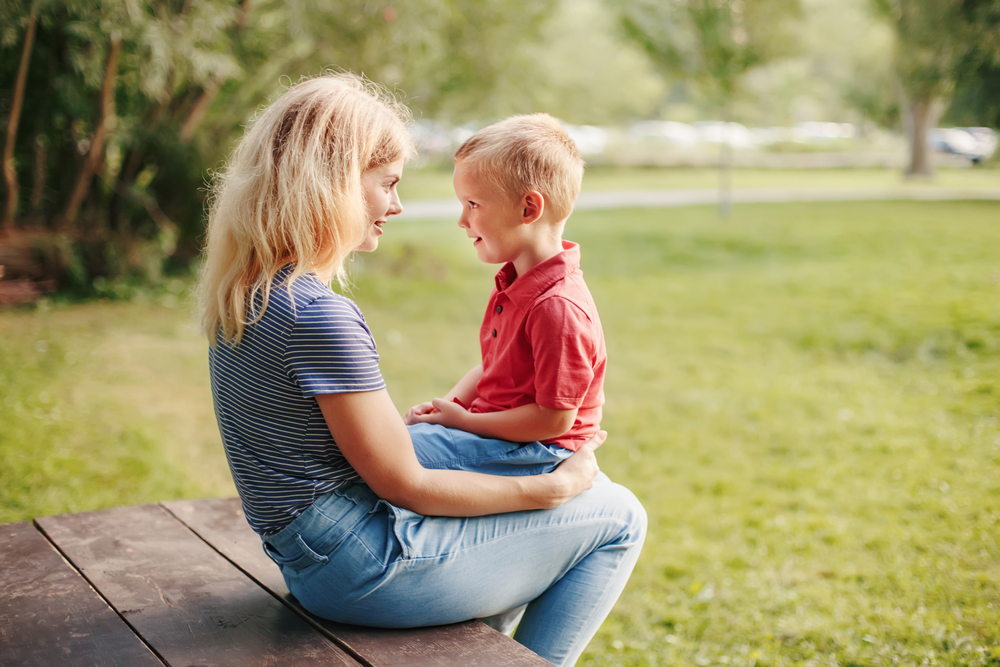
Conversation
- When asked how you are, say thank you, answer the question, and respond in kind, “Fine, thank you. How are you?”
- Don’t interrupt, rather wait until that person nods to you or otherwise lets you go ahead. If it is something that cannot wait, begin what you have to say with, “excuse me.”
- Keep negative opinions to yourself. Never comment on a person’s physical characteristics unless it is a compliment.
- Always speak when spoken to.
- Make eye contact when speaking with others
- Be a good listener. Let the person say all he wants to say. Answer in a way that shows you are listening and caring.

Public Manners
- If you bump into someone or step on someone’s foot, say “excuse me.” If you might have hurt the person, ask if he or she is okay and offer help. Apologize.
- Always cover your mouth when you cough or sneeze.
- Don’t pick your nose or pick or touch other (even covered) body parts.
- Hold the door open for others.
- Offer help when you can.
- When asked by an adult to do a favor, don’t complain, but smile and do so willingly and as quickly as possible.
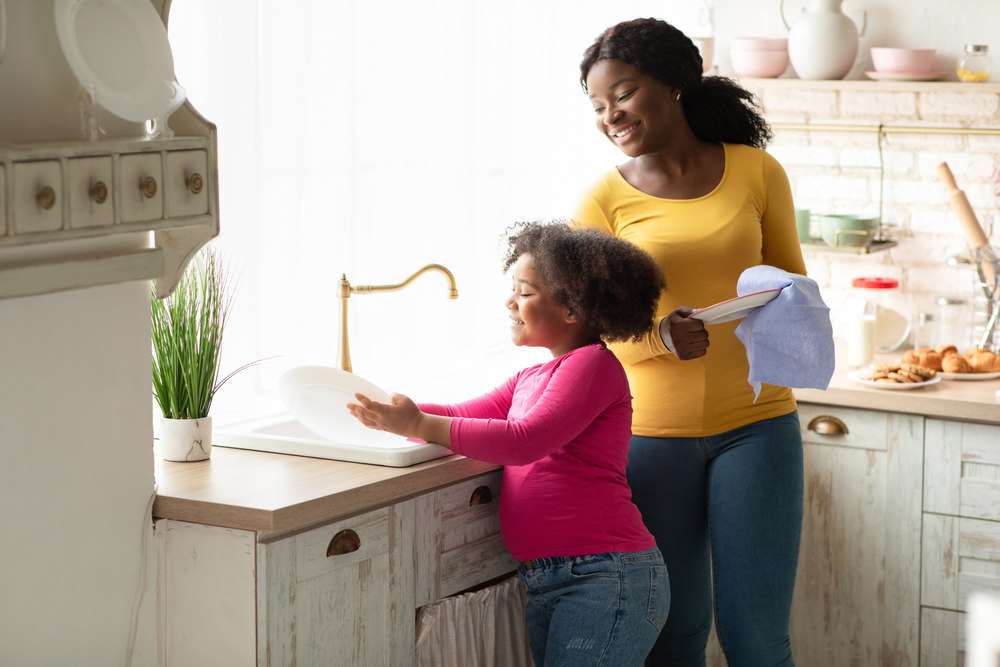
Being a Guest
- If you’re not sure about something, ask permission Examples:
- May I look at this photo album, please?
- May I play with this kaleidoscope, please?
- May I take a cold drink of water from the refrigerator, please?
- Respect your hosts’ privacy. Don’t touch things not belonging to you without permission. Don’t enter a closed door without permission.
- Always clean up any messes you’ve made, for instance, put away any toys that were used, clean up after crafts.
- Offer to help your host or hostess clean, serve, or clear.
- If served a food you don’t like, take a small amount and eat as much as you can. Don’t make faces or complain. Your host or hostess worked hard to make a nice meal and you don’t want his or her feelings hurt.
- Never fight over toys. Take turns using things. Share.
- Always play fair.
- Be a graceful loser. Smile and congratulate the winner.
- Keep your hands to yourself. Don’t push, pull, or poke.
- Don’t hit.
- No name calling.
- Don’t overstay your welcome. Watch your hosts to see when it might be time to go home. Do they seem tired? Is it getting late?
- When invited to an event or someone’s home, always seek out and thank the host or hostess, for instance, say thank you to your friend’s mother at the end of a play date.

Hosting Others
- Make your guests feel happy and comfortable. Take their coats. Ask if they’d like a drink or something to eat. Introduce them to people you think they’d enjoy knowing.
- If your guest spills or breaks something, try to make them feel it was no big deal and clean it away as quickly as you can.
- Thank guests for attending your event or for visiting.
- Make a list of all those who helped you with your event or gave you gifts. Send them thank-you notes.
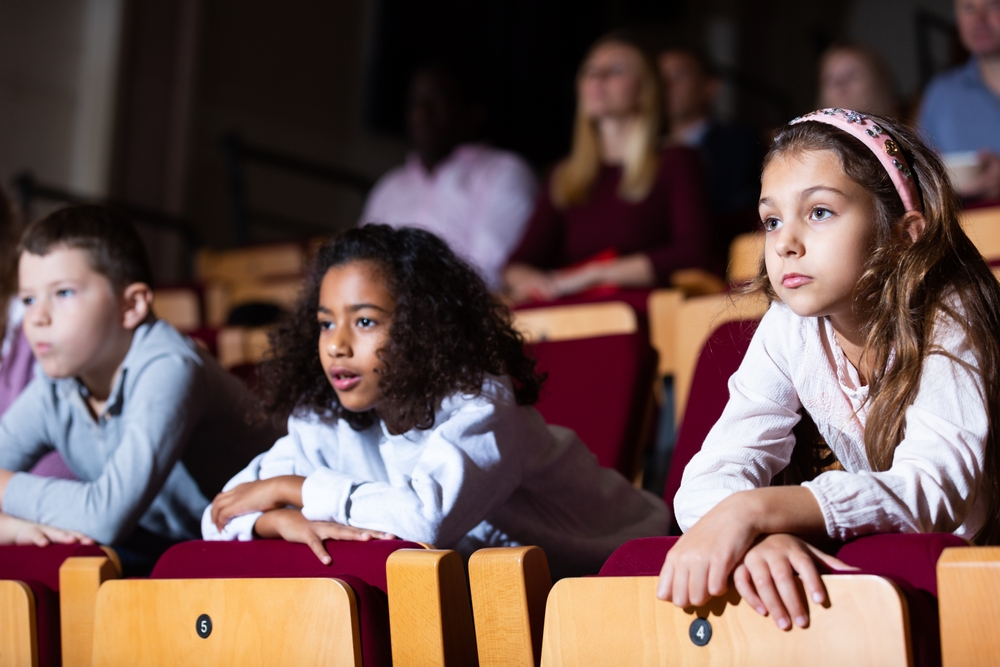
Attending Events
- Always stand when meeting someone for the first time to show respect.
- Stand for clergy or important speakers
- It is difficult to sit through a boring speech or performance such as a play or a concert. It is important to sit quietly, however, and pretend to be interested. Keep in mind that the speaker or performer is doing his very best.
- Don’t roll your eyes.
- Clap at the end.

Expressing Gratitude
In addition to thanking a host in person when leaving a home or party, thank-you notes are always appreciated as a response to gifts and kindnesses. These should be sent by snail mail.
A typical thank-you note takes this form:
Dear Mrs. Smith,
Thank you so much for the ____. I have always wanted one. I will use it to ________.
Sincerely,
Timmy
If the child is too young to write, the child can draw a picture of using the item and the parent can write out the thank you note in the child’s name. These items can be mailed to the person in question.
Taken all together, this seems like a daunting list, both for the parent who must teach these things, and the child, who must learn them. Step back, however, and see what it is this list is all about: being considerate and kind, nothing more. Discuss this with your child. Ask how it feels, for instance, when someone points at her. Ask how it felt, on the other hand, when Mrs. Smith asked her how she was feeling after she had the flu.
Good manners can be natural for the person who is caring. It’s just about getting the details straight. Knowing there is a set of guidelines for our behavior in any situation, can be a real comfort for children and for adults, too.
What are some of your best tips for teaching your child good manners?
